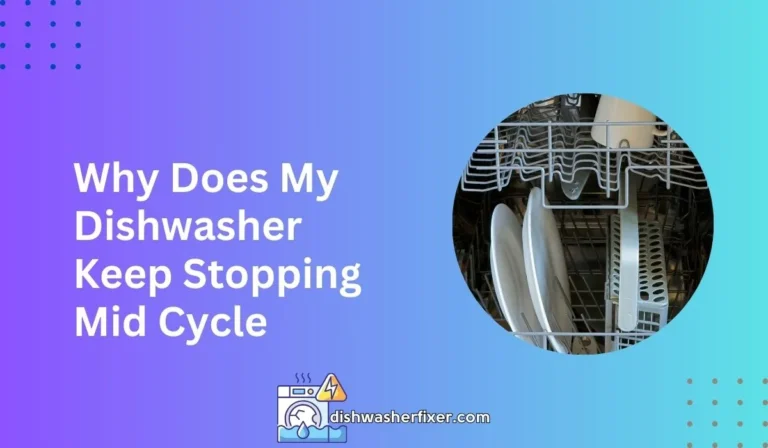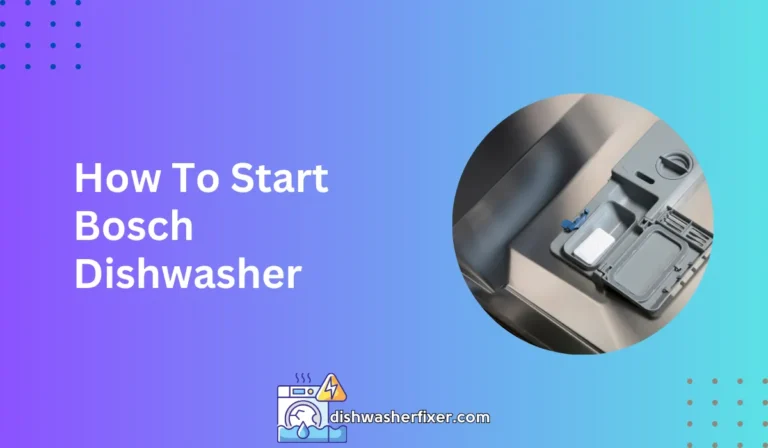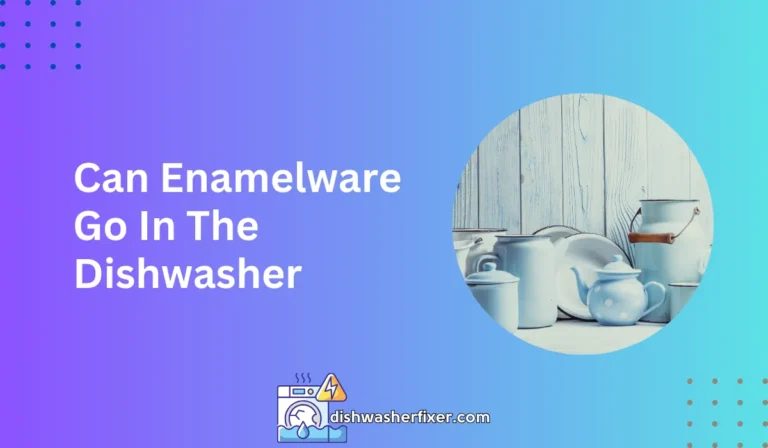How to Dishwasher Drain: Quick Unclogging Tips
To drain a dishwasher, locate the drain hose, detach it from the sink or garbage disposal, and clear any clogs. Ensure the hose is not kinked and that the dishwasher’s drain filter is clean. Tilt the appliance slightly to remove any remaining water.
Understanding Your Dishwasher Drain System

Basic Components of the Dishwasher Drain
The dishwasher drain system is a crucial part of the appliance that ensures water is properly expelled after cleaning your dishes.
Key components include the drain hose, which carries water from the dishwasher to the sink drain or garbage disposal, the drain pump, which moves water through the hose.
There is also the drain filter, designed to catch food particles and prevent them from clogging the system.
How the Dishwasher Drain Works
The dishwasher uses a pump to force water out through the drain hose after the wash and rinse cycles.
The check valve ensures that the water flows in one direction only, out of the dishwasher.
As the water flows through the drain hose, it carries with it food particles and other debris caught by the filter, disposing of them either in your garbage disposal or sink drain.
Signs of a Clogged or Malfunctioning Dishwasher Drain
Common signs of a clogged or malfunctioning drain include water not draining fully, unpleasant odors, visible food particles on dishes after a wash, or strange gurgling sounds during or after a cycle.
If you notice any of these issues, it’s likely time to inspect and potentially clean your dishwasher’s drain system.
Preparing to Drain Your Dishwasher
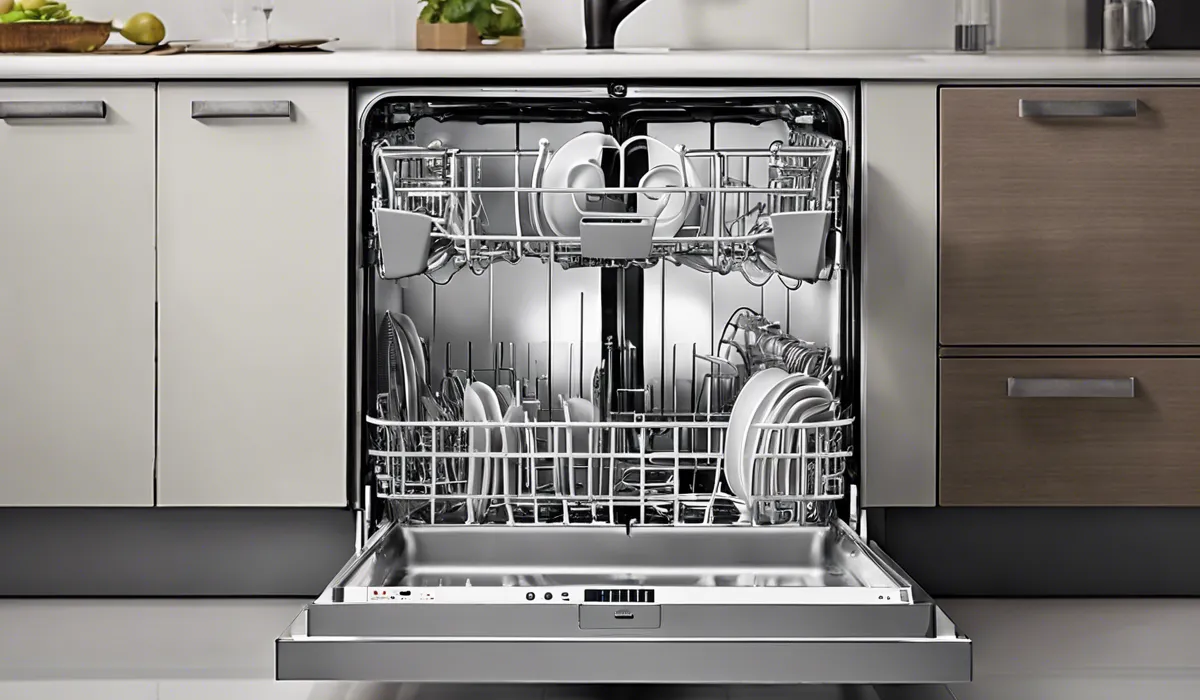
Gather Necessary Tools and Materials
Before starting, you’ll need a few tools and materials: a pair of pliers, a screwdriver, a bucket or pan, towels for potential spills, and protective gloves.
It’s also helpful to have a wire or bottle brush to clean out any debris from the drain hose and a piece of cloth to clean around the drain pump and filter.
Safety Precautions Before Starting the Process
For safety, always turn off the power to your dishwasher at the circuit breaker before beginning any maintenance.
Additionally, shut off the water supply to prevent any accidental flooding while you’re working on the drain system.
Ensure your hands are dry when unplugging the dishwasher and when handling any electrical components.
Accessing the Dishwasher Drain
Accessing the dishwasher drain typically involves removing the lower rack of the dishwasher to reach the drain filter and pump.
Consult your dishwasher’s manual for specific instructions, as the location and method of access can vary between models.
Once you’ve located the drain components, you can begin the process of draining your dishwasher.
Step-by-Step Guide to Drain Your Dishwasher
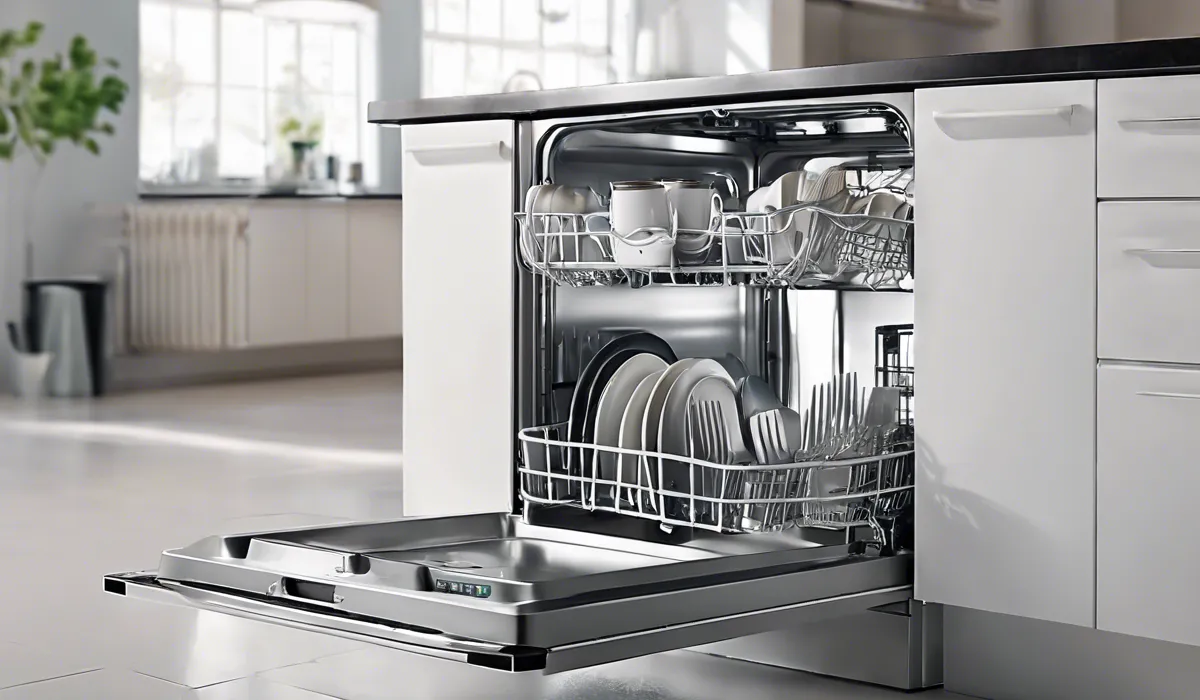
Shutting Off Power and Water Supply
Before any work begins, ensure the dishwasher’s power is turned off at the circuit breaker, and the water supply is shut off. This will protect you from electrical hazards and water damage.
Confirm that the appliance is completely disconnected from power before proceeding to the next steps.
Removing and Cleaning the Filter
Locate the filter at the bottom of the dishwasher. It may twist off or require unscrewing, depending on your model. Once removed, wash it thoroughly with soap and warm water.
Use a soft brush to remove any stuck-on food particles. This helps prevent clogs and ensures water can flow freely through the drain.
Checking and Cleaning the Drain Hose
The drain hose connects your dishwasher to the sink or garbage disposal. Carefully detach the hose and check for kinks or blockages. Use a wire brush to clear out any clogs.
If the hose is damaged, consider replacing it to avoid future problems. Ensure the hose is properly positioned to prevent kinks when reattaching it to the dishwasher and sink or disposal.
Inspecting the Drain Pump
The drain pump, usually located near the filter, may need to be inspected for debris or damage.
If you’re comfortable doing so, remove the pump cover, and use a flashlight to look for obstructions.
Be sure to replace any parts exactly as you found them and consult your owner’s manual if you’re unsure of how to proceed.
Testing the Dishwasher After Maintenance
Once everything is reassembled, turn the power and water supply back on. Run the dishwasher on a short cycle without dishes to test the drainage system.
Listen for unusual noises and check for leaks. If the dishwasher drains properly and runs quietly, you’ve successfully cleared the drain system.
If issues persist, it may be time to consult a professional or explore other maintenance tasks such as inspecting the garbage disposal for clogs.
Remember, regular maintenance of your dishwasher, including periodic checks of the drain system, can prevent most drainage issues.
Keep an eye out for signs of clogs or malfunctions, and address them promptly to keep your dishwasher running smoothly.
FAQs About Dishwasher Draining
How do I locate the dishwasher drain hose?
The drain hose is typically located behind the dishwasher. You may need to remove the lower kickplate or access panel to locate it. It runs from the dishwasher to the sink or garbage disposal.
What steps should I take to detach the drain hose?
Before detaching the drain hose, turn off the power to the dishwasher and remove any clamps or screws holding the hose to the sink or garbage disposal. Then, gently twist or pull the hose to detach it.
How can I check for and clear clogs in my dishwasher’s drain hose?
Inspect the hose for any obstructions. If you find a clog, you can try to dislodge it by gently pushing a straightened coat hanger through the hose, or by using a plumber’s snake. Rinse the hose with water to ensure it’s clear.
What should I do if my dishwasher’s drain hose is kinked?
Straighten out any kinks in the hose to restore proper water flow. If the kink has damaged the hose, consider replacing it to prevent future drainage issues.
How do I clean the dishwasher’s drain filter?
Remove the filter from the bottom of the dishwasher, typically found below the lower spray arm. Rinse it under running water and use a soft brush to remove any trapped debris before placing it back in the dishwasher.
Final Thoughts
To effectively drain a dishwasher, it’s essential to inspect and possibly disconnect the drain hose, ensuring it’s free of kinks and blockages.
Regularly check and clean the dishwasher’s drain filter, and if necessary, gently tilt the machine to remove trapped water. This maintenance helps keep the dishwasher running smoothly.
